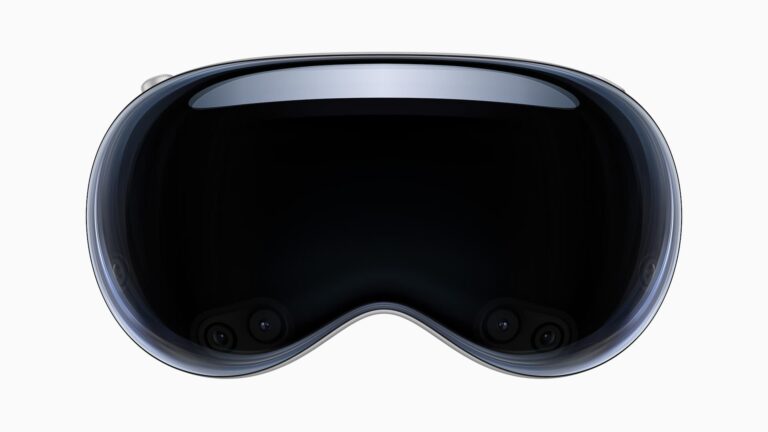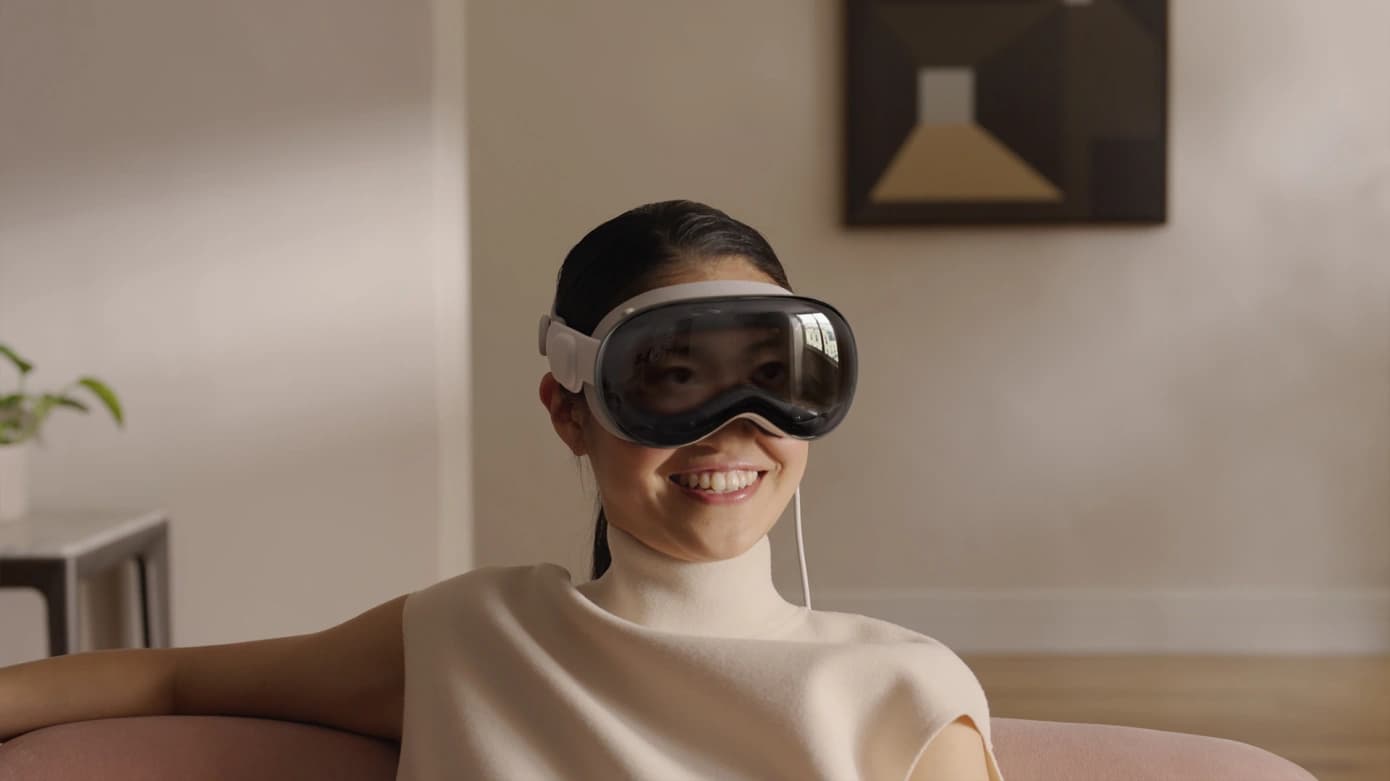
Like many of you, I watched Apple’s WWDC keynote and its “one more thing” launch of the long-anticipated Vision Pro. As an AR/VR (XR) enthusiast and developer, I came away from that unveiling with mixed feelings.
TLDR: Apple’s marketing came across as more dystopian than revolutionary. Even speaking as an XR believer and developer, it still seems to be 3-5 years too early.
Before reading, I encourage you to watch the “dreamer” announcement promo yourself (below), so you can see or be reminded of the story Apple is trying to sell.
A Fanboy’s Take
Okay, so why listen to my opinion?
I’ve created and 3D-printed an AR headset that uses the same hand-tracking technology as the Vision Pro. I also worked at Microsoft full-time and talked as much as I could with HoloLens developers (Microsoft’s AR Headset, for those unfamiliar), and I recently created my own AR Pokémon cards. I believe AR is the future, and always stay up-to-date on the field’s latest news. Also for the record, I consider myself an Apple fanboy.
And for the past two years, I followed the rumors and eagerly awaited Apple’s keynote when the company was anticipated to publicly announce that it’s releasing its take on AR hardware. And finally during WWDC, I was on the edge of my seat. Then I saw the video passthrough eyes (AVP’s “Eyesight” feature)… and everything went downhill from there.

Why Buy?
Apple is supposed to be a world leader in marketing and brand loyalty, but the story it tried to sell at WWDC left me confused. The big question that companies have to answer when developing these headsets is “Why buy this?” Google failed to answer this question 10 years ago with Google Glass, given rampant privacy concerns. Microsoft failed to pass this test when the U.S. Army (and Congress) pulled back on its HoloLens 2 order volume due to “mission-affecting physical impairments.” And Meta failed over the past two years to shift its focus to the metaverse. In the process, it burned through tens of billions of dollars (with a “b”) and discovered that people aren’t buying its vision en masse.
But this is Apple we are talking about. The company created an entire industry around AirPods – a product with revenues that, if it were its own company, would be the 32nd largest in the U.S.. Apple also created Watch, a product that has culturally normalized smartwatches and wearables. And for the record, both of these technologies were also mocked when first unveiled.
But rewatching those launches (see video above), the story was believable. Similarly, if you were to ask before watching the Vision Pro announcement why I thought it might be a worthwhile purchase, I would have said that it will enhance interactions with physical environments, and your consumption of the world – or ‘extend’ reality.”
But after watching the curtain rise on the Vision Pro, what’s the answer to the question of “Why buy this?”
So that you can record your kids wearing goggles? So that you can send texts, not on your phone but on a floating virtual screen? So that you can secretly watch YouTube while talking with your friends? So that your friends can still see a video of your eyes while you wear a bulky headset (wasn’t that a Black Mirror episode)?
Long-Term Vision
In fairness, I agree with Apple’s seemingly long-term vision, which is to put out a first-generation product now. That way, it can refine and iterate on the technology so that in 3-5 years we can have a slim pair of AR glasses. I’m still excited for that future… where Apple’s promoted AVP use cases actually make sense. But those use cases fall flat in the hardware’s current manifestation. Recording your kids intuitively from a pair of glasses seems far more realistic and natural than doing so from under the shroud of a ski mask.
Furthering that use-case mismatch, Apple showed people using the headset for work, as well as good-spirited household horseplay. That last one doesn’t track, as few adopters whose wallets are recently $3,500 lighter are likely to bring their gadgetry within the flight path of a soccer ball.

All of this is a bit frustrating, because there are sensible use cases for Vision Pro, and some were even noted by Apple. For example, Vision Pro is basically a faceworn Macbook Pro. I use and develop on a Macbook but I also like to leave the house when I work. This leaves me hunched over a laptop at a library or coffee shop, missing my multiple-monitor setup at home. Vision Pro offers just that, with multiple 4k virtual monitors everywhere you go. Professionals wouldn’t have to worry about portable monitors or workstations. And if you really want to dream, a powerful enough headset could replace your laptop altogether. Apple underplayed this use case, including it mostly as a justification for Vision Pro’s price tag, with the logic that it replaces all those physical screens.
And the keynote grievances go on…. medical instruction and assembly-line visualization are already the main use cases marketed for the HoloLens. Meanwhile, tech giants chasing AR still haven’t found a convincing way to represent humans in a virtual space, resulting in what looks like a 2008 Xbox profile picture. All they have to do is look towards VR games and social experiences like VR Chat, where users have been representing themselves graphically in virtual space for years.
The World is Watching
In the end, I and several fellow fanboys were left frustrated thinking of the missed opportunities. The world was watching, and this will be the first impression of Apple’s take on AR… a pair of eyes on a bulky headset.
In fairness, the tech that’s required to build this headset is genuinely groundbreaking, and it is no doubt a step forward. But I am still left imagining what could have been… keynote visuals of someone working with unlimited 4k displays in a coffee shop, on the train, or any other place where it is impossible to conventionally use multi-monitor workstations. Or imagine being able to look at food and dimensionally display its ingredients or calorie information. Or being able to go on a walk, and identify plants or flowers – technology that already exists from Google Lens and others. Or even (self-plug) be able to play an AR card game seamlessly.
The possibilities of the technology are ample, but what Apple unveiled only served to demonstrate that such a future is many steps away. If someone who is genuinely interested and fluent in the technology is not motivated (let alone can’t afford) to buy your vision of the future, somewhere, something went wrong.
 Justin DuPont is an ex-Microsoft employee and AR developer. Find out more at justindpnt.com.
Justin DuPont is an ex-Microsoft employee and AR developer. Find out more at justindpnt.com.






